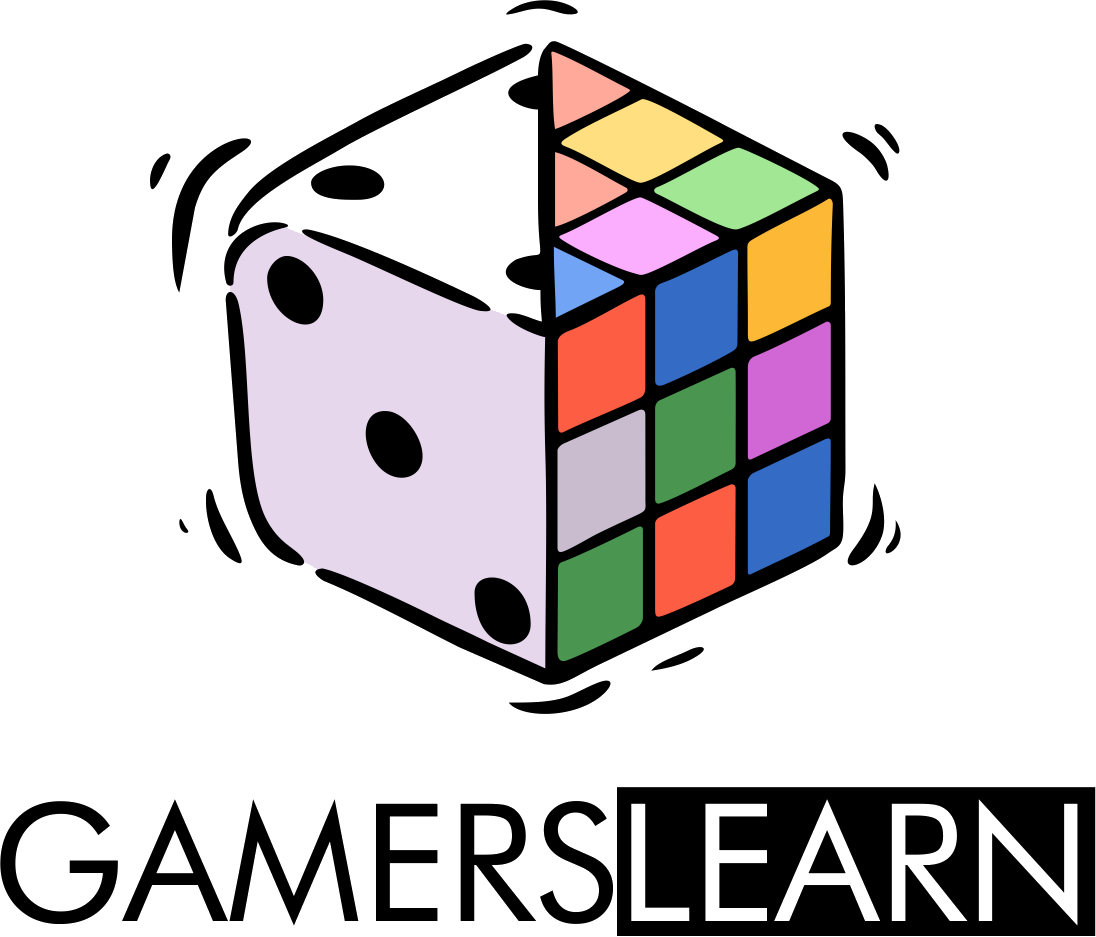About the Author
Hello there! I'm Ku. I'm an educator that specializes in using educational technology — especially game-based learning — to enhance students’ learning. I created this blog in my first year of my doctoral program. Before starting my doctorate, I taught for 4 years in New York City's public school system as a 6th grade math teacher. In my early experiences as a teacher, I struggled with student motivation. How could I motivate my students to engage with mathematics — a discipline in which they hold limiting beliefs about their capability? My answer was video games, and it was my first foray into game-based learning.
For my next lesson, I decided to bring in my video game console and use my students' racing times in Mario Kart 8 to teach them about mean, median, and mode. What I noticed was a significant increase in engagement, which even included my students that were not typically motivated or interested in learning mathematics. It made me wonder if there were games that were created exclusively for learning. I scoured the Google and iOS app stores and found so many math games, but I encountered a problem with almost all of the games.
The overwhelming majority of them were no different from textbooks or virtual worksheets. Many were designed such that, for example, the gameplay pauses and gives students a division (or other arithmetic) problem to solve, in order to return to a context that is completely unrelated to mathematics. In other words, the games did not provide opportunities for conceptual math learning, and their game mechanics did not embody or represent mathematical ideas. At the time, the only game I found for my students that was designed such that the mechanics mimicked or represented mathematical ideas was DragonBox Algebra 12+ (now known as Kahoot! Algebra by Dragonbox).
I decided to dig deeper and study this problem by attending the University of Delaware and obtaining a Ph.D. in education with a specialization in mathematics education. While there, I taught college math courses for pre-service teachers while carrying out my own research. My research focused on educational (math) game design, which has a lot of overlap with commercial game design. In one study, I interviewed middle school kids after having them play Super Mario Odyssey and DragonBox Elements, to learn more about what features they notice and enjoy across commercial and educational games. In a second study, I interviewed several designers of math games on the iOS and Google Play app stores to learn more about “integration” — how math game designers embed mathematical concepts within the game mechanics so that students are not superficially doing mathematics.
Given the pandemic and increasing use of educational technology, this work is relevant and timely. In a 2014 national survey on teaching with digital games, almost 75% of the study’s 694 teachers reported using digital games for instructional purposes with their students. More recently, the Entertainment Software Association (ESA) reported that consumer video game spending exceeded $60 billion in 2021. The 2021 Common Sense Census reports that tweens spend an average of almost 90 minutes gaming each day.
As a researcher, educator, and gamer, I have learned so much about game design and I wish to share that knowledge. I hope this blog can serve as a resource for anyone wishing to use or create educational games, or ask questions about game design and/or educational game design. If you enjoy my work, please consider connecting with me on social media, subscribing to my YouTube channel, or buying me a coffee!
Sincerely,
Ku

